To test the computer connectivity or check the quality of your internet connection, all you need to do is perform a ping test. If you are experiencing a connectivity issue, you’ll be able to tell if this is limited to your local network or if the problem goes beyond an internet service provider, host network, or a particular website.
How to Do a Ping Test on a Mac
To do a ping test on Mac, open Finder and go to Applications > Utilities. Then open the Terminal app and type ping followed by a space and then an IP address or domain. To stop the test, hit Control + C on your keyboard.
- Open a Finder window on your Mac. You can do this by clicking the half-blue, half-gray face icon in your Dock.
- Then click Applications in the left sidebar. If you don’t see this option in your left sidebar, you can also hit the Command + A keys on your keyboard from any Finder window.
- Next, open the Utilities folder.
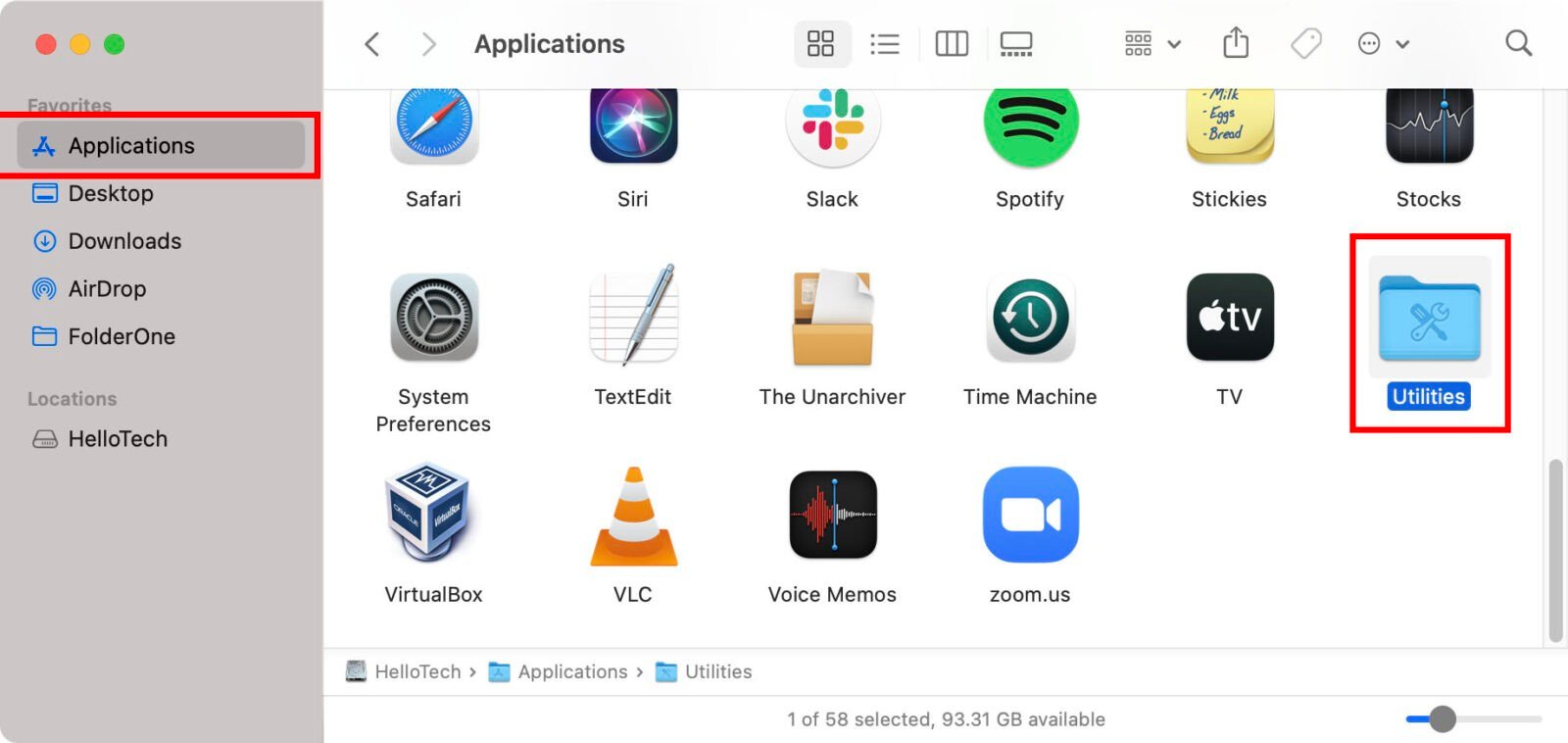
- Then open the Terminal app.
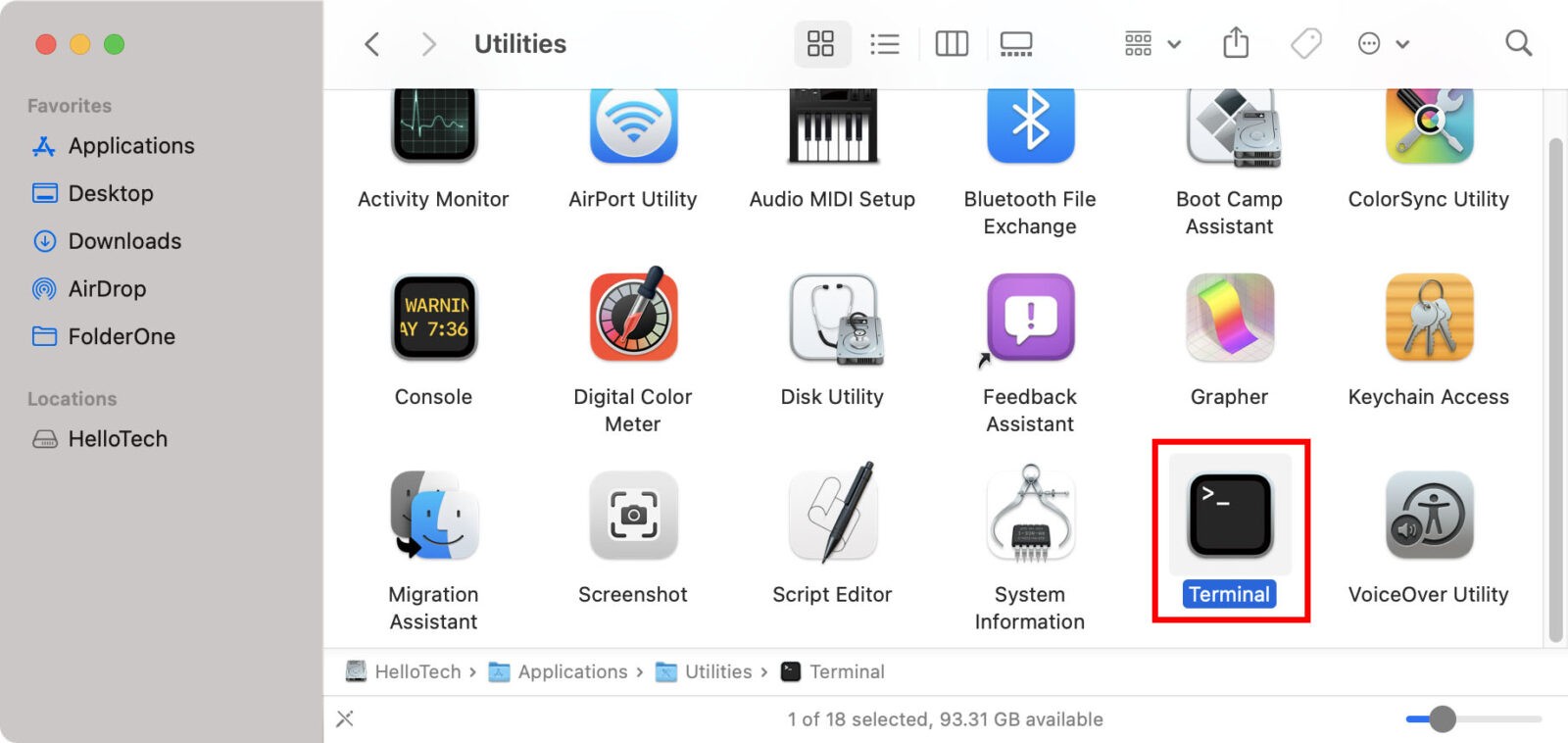
- Next, type ping followed by a space and an IP address or domain name. For example,you would enter “ping 192.168.1.1” or “ping google.com”.
- Then hit Enter on your keyboard and wait for the results.
- Finally, hit Control + C on your keyboard to stop the ping test.
How to Do a Ping Test on a Windows 10 PC
To do a ping test in Windows 10, open the Windows Search Bar, type CMD, and click Open. In the Command Prompt, type ping followed by a space and then the IP address or domain name you want to test and hit Enter.
- Open the Windows Search Bar. You can do this by clicking the magnifying glass icon in the bottom-left corner of your screen.
- Then type CMD into the search bar and click Open. This will open a Command Prompt window with a black background, white text, and a flashing cursor.
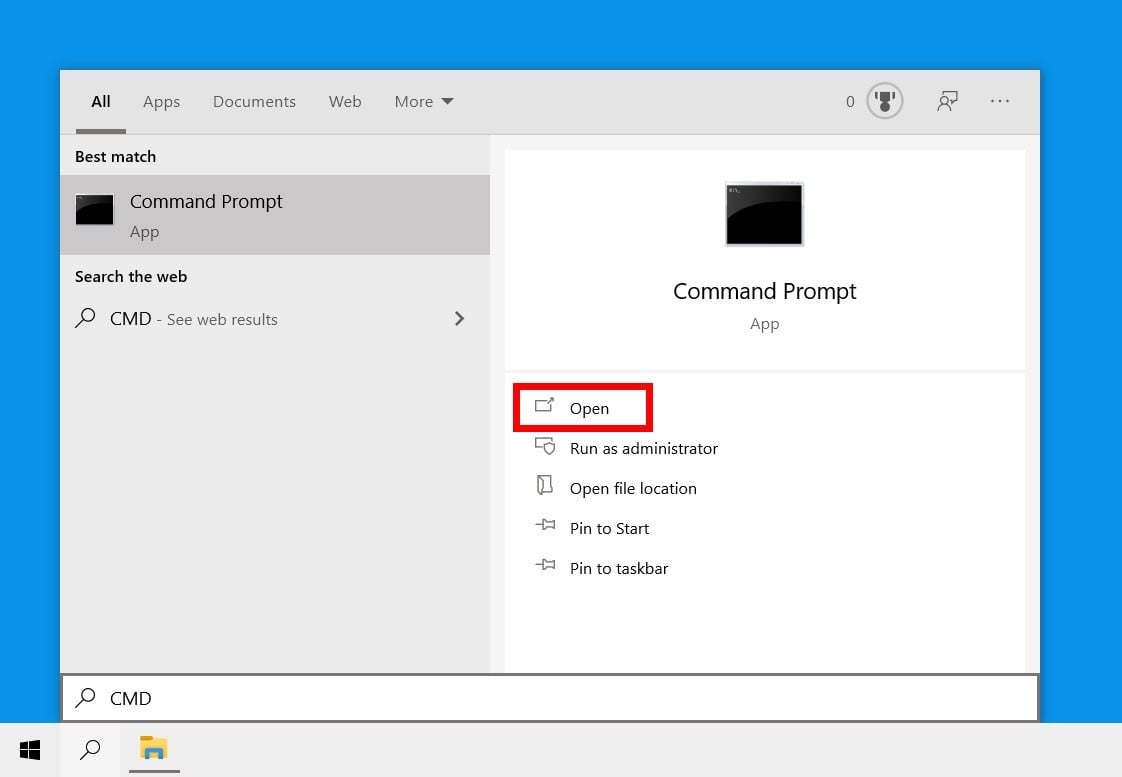
- Type ping followed by a space and an IP address or domain name. For example, you would enter “ping 192.168.1.1” or “ping google.com”.
- Finally, hit Enter on your keyboard and wait for the ping test results.
How to Read Your Ping Test Results
When you do a ping test on a Windows 10 PC, you will see the results for four different ping tests. Each test will tell you the ping time in milliseconds (ms) and how many packets were received or lost. You will also see the minimum, maximum, and average ping response times.
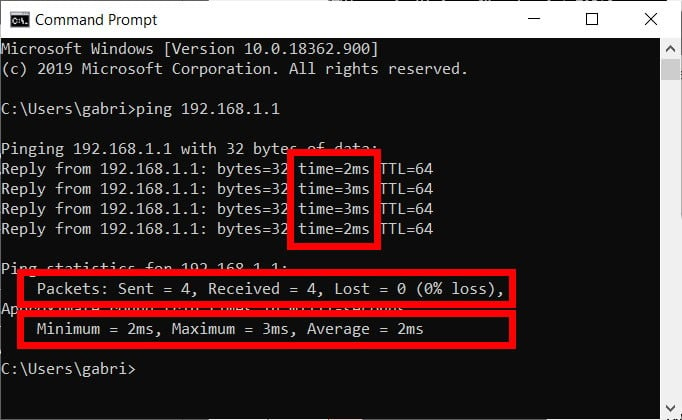
If one of your ping tests showed that packets were lost or one ping response took a lot longer than the others, it could be a sign that there is a problem with your connection.
If you are doing a ping test to check your internet connection, you can ping Google’s DNS servers by entering “ping 8.8.8.8”. This will tell you if there is a problem with your internet connection, rather than just the connection to a certain site.
In order to see continuous ping results, you can append your command with “-t”. For example, you can enter “ping 8.8.8.8 -t” to see if your connection to Google’s DNS servers ever times out. Then, to stop the test, simply hit the Control + C keys on your keyboard at the same time.
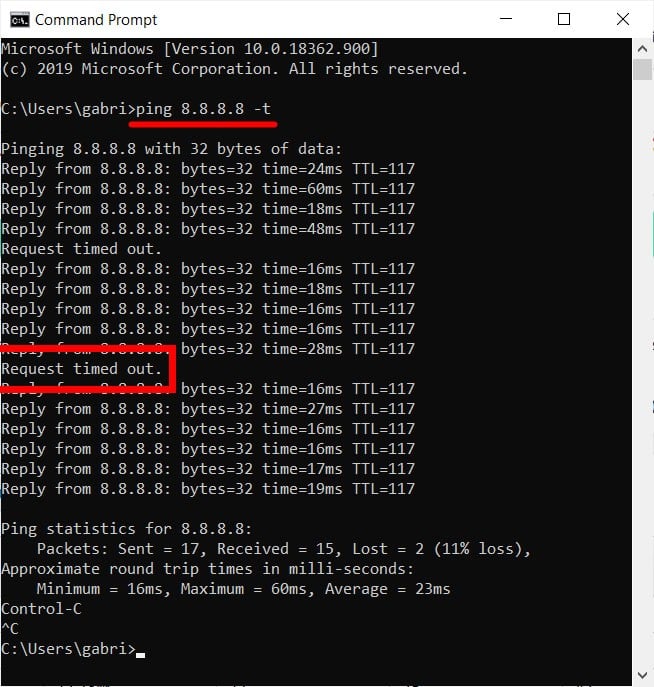
Common Ping Error Messages
Here are the most common error messages you will see if your ping test returned failed results:
- Request timed out: This means the ping test took longer than the default limit of 4,000 milliseconds (4 seconds). This could be caused by network congestion, a firewall set to stop specific traffic, defective cables or ports, and more.
- Unknown host: This error message means that the requested host name is not recognized. Check that the name is entered correctly and that your router is functioning properly.
- TTL expired in transit: The TTL you see after your ping time for each test refers to the number of “hops” that your packet is allowed to make before being discarded. So, this error message means that your packet exceeded the maximum number of allowable hops.
- General failure: This either means your computer does not have the proper TCP/IP settings or that there might be a problem with your local area network (LAN) adapter or drivers, such as your router or WiFi card.
- <destination> is unreachable: This message means that there is no route to the destination. If the message says, “Reply from <destination>: Destination Host Unreachable,” that means that there was a routing problem at the remote router, not with the <destination> itself.
If you see one of these error messages, you might need to troubleshoot network issues. You can try to ping other devices or other domains to see if the problem persists. This will help you determine whether the problem is with your device or with your network connection.